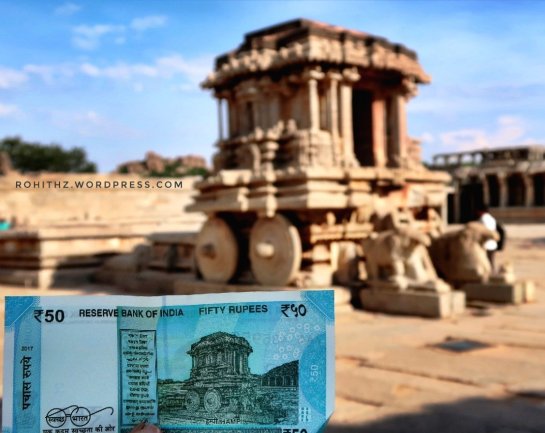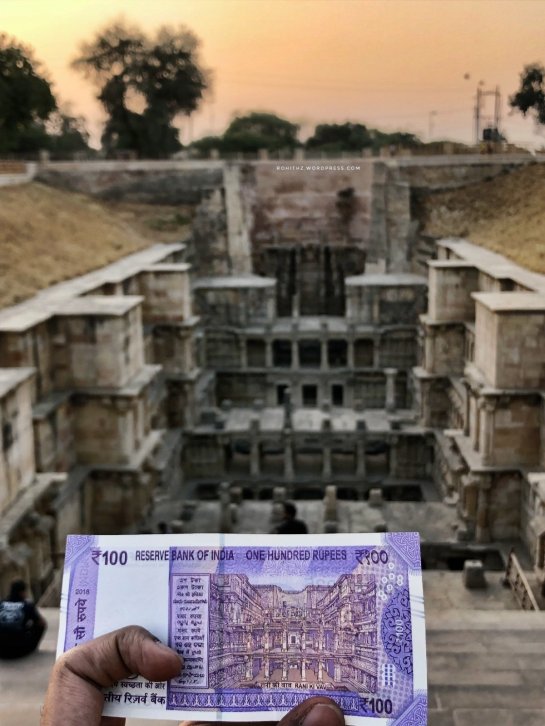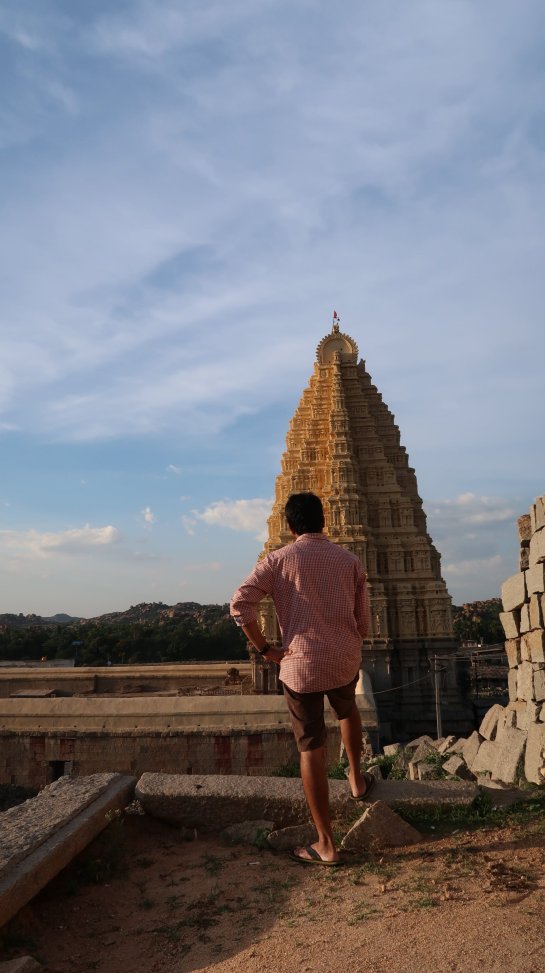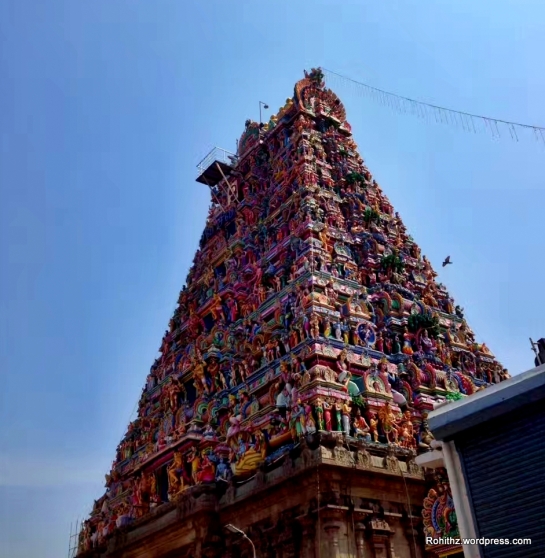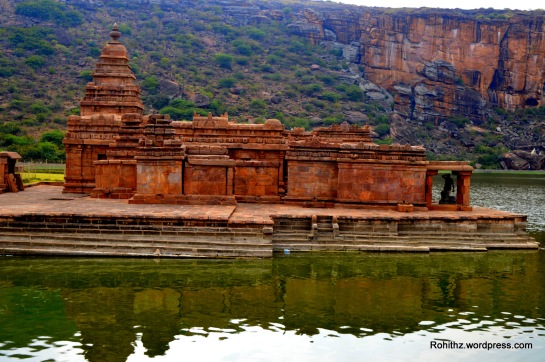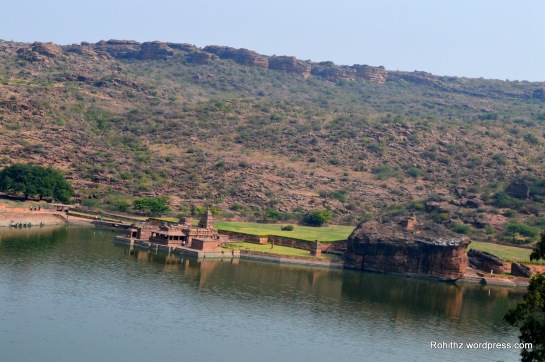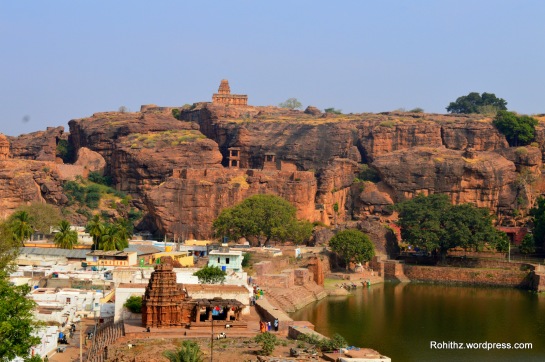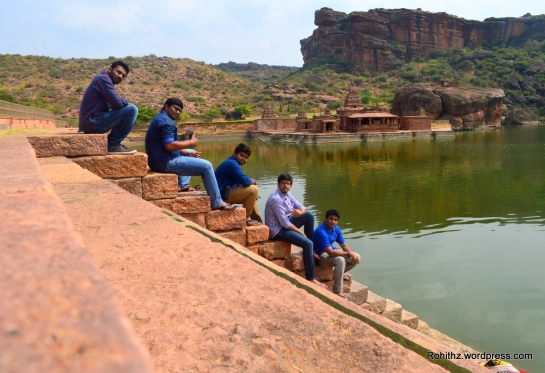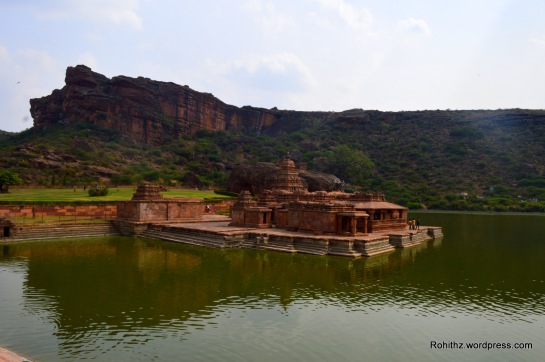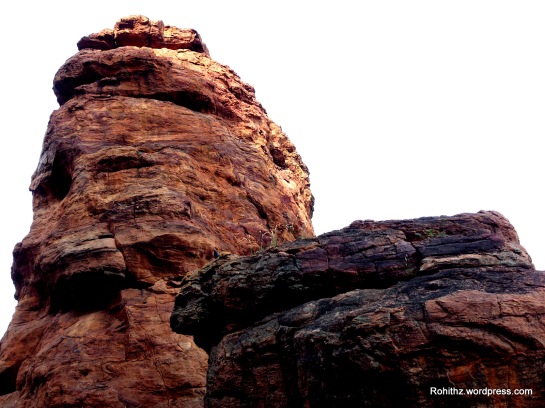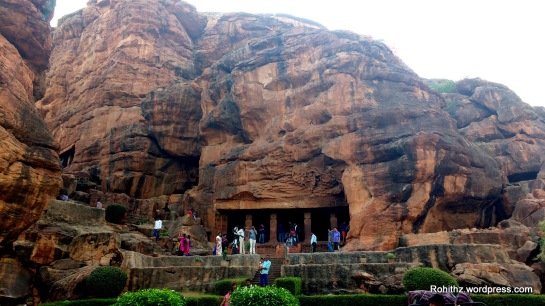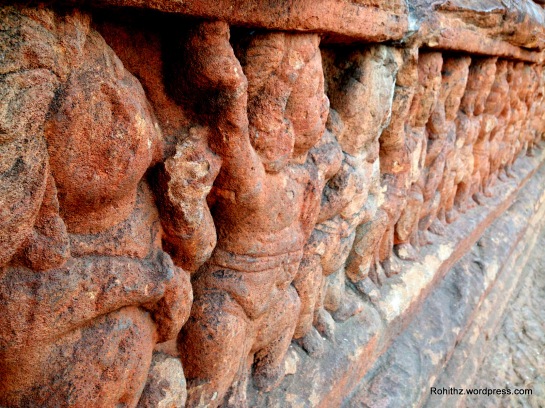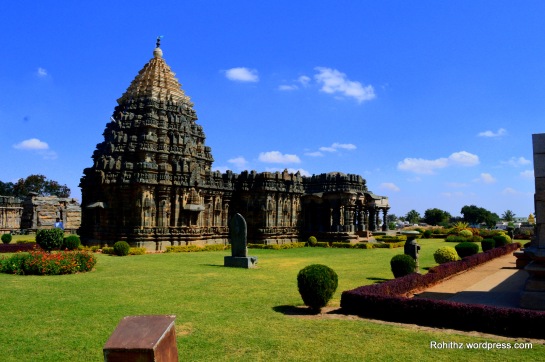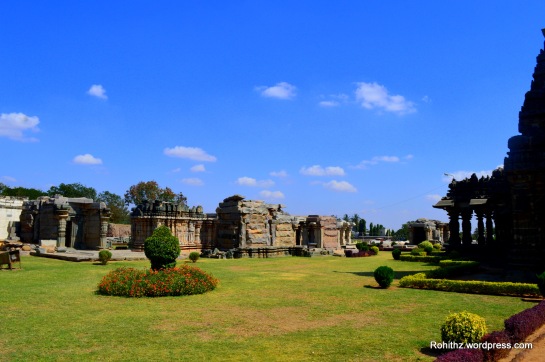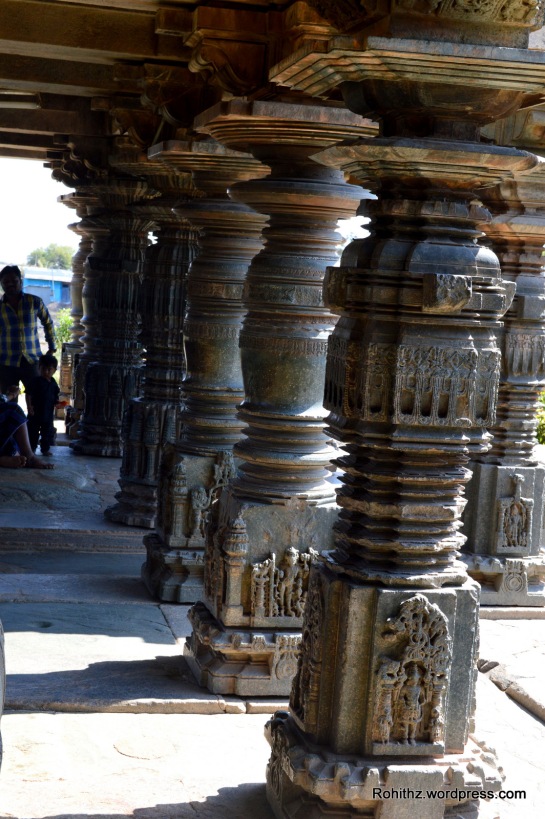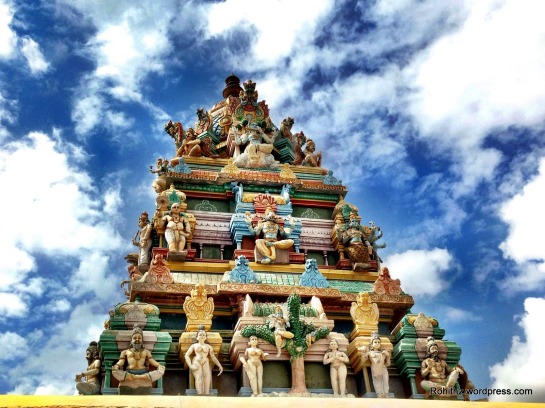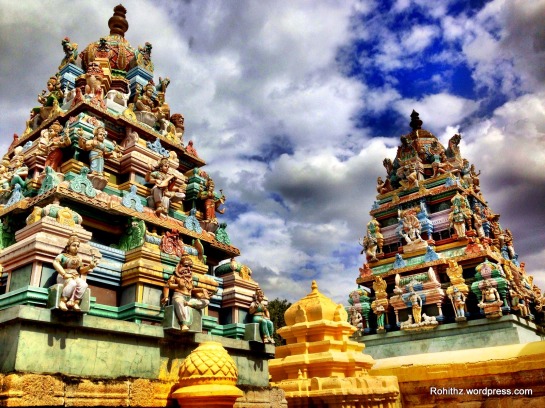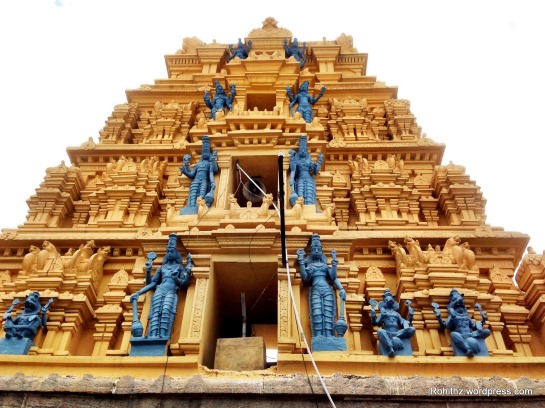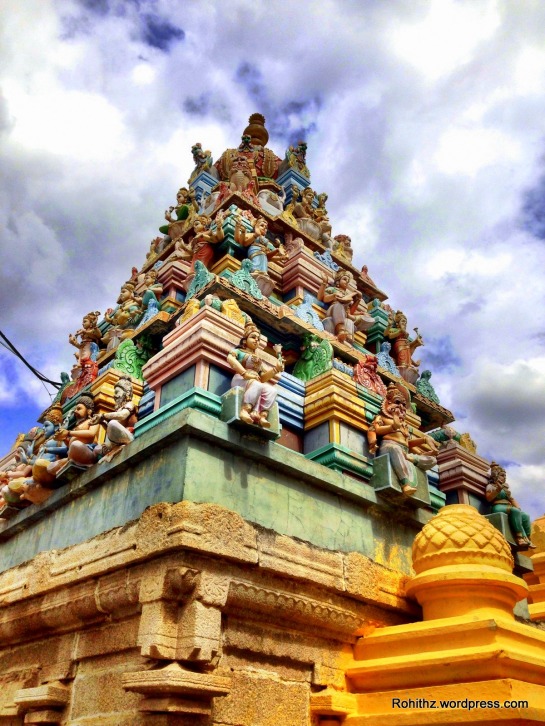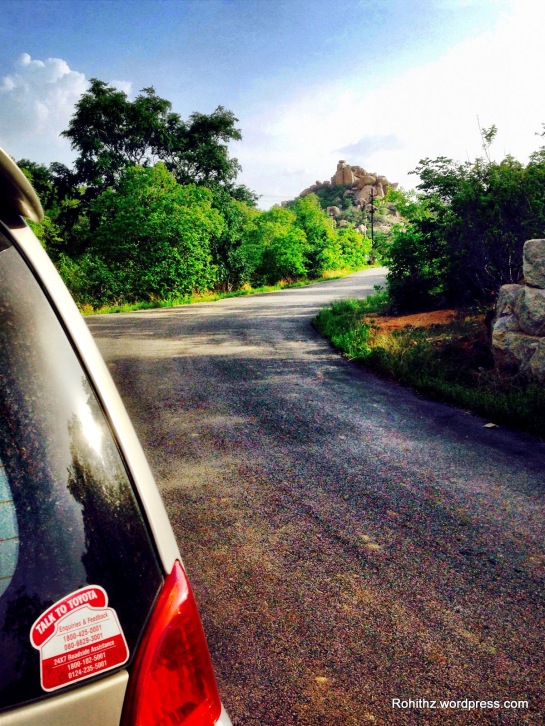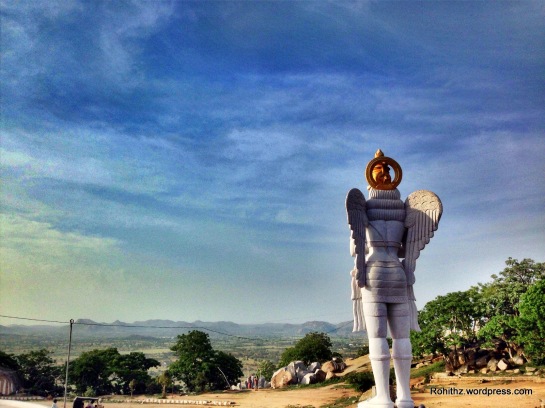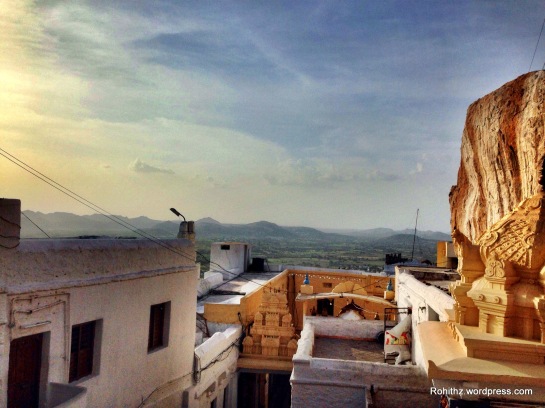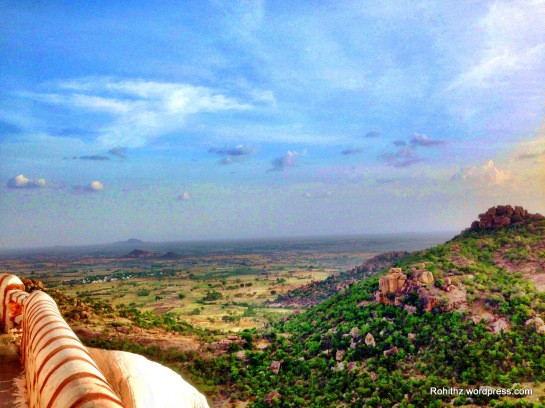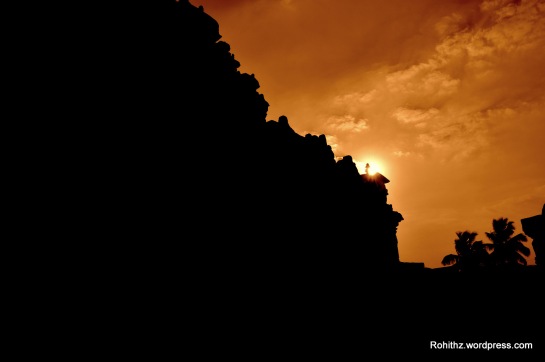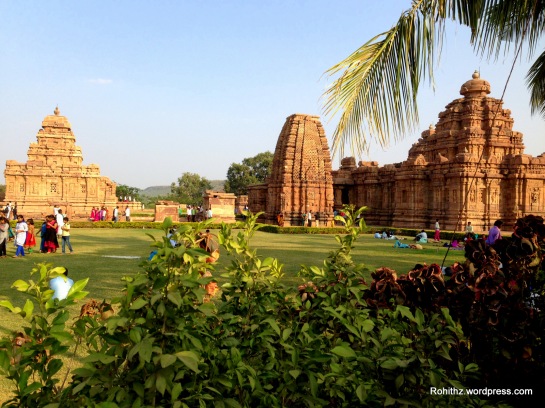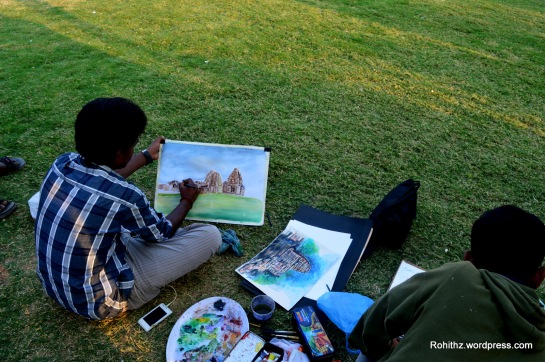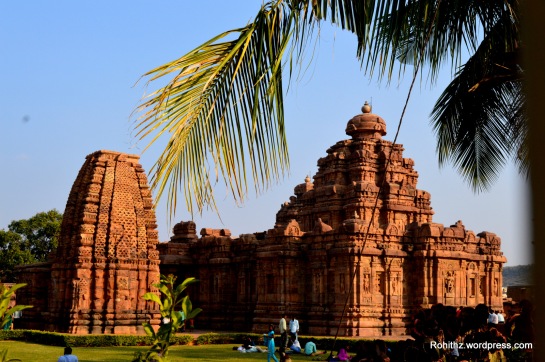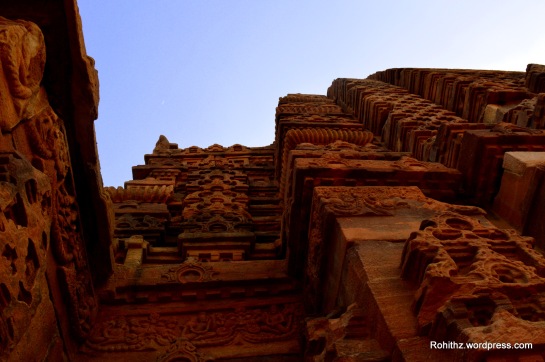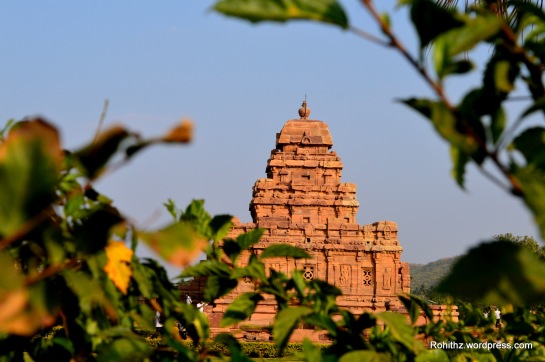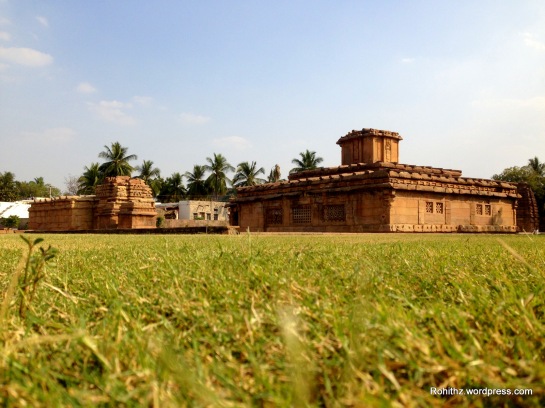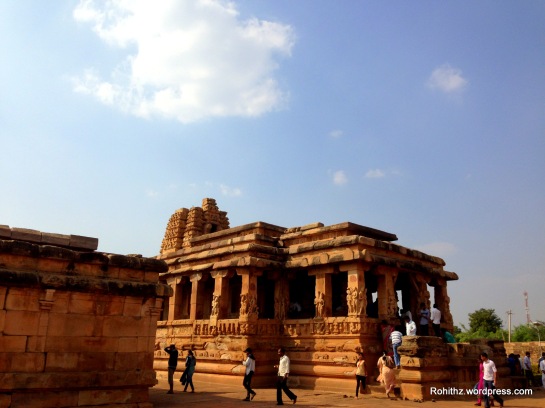Today I’m gonna post about that place which is least explored. And is not even in Telangana Heritage list of monuments. While we were on a road trip to Ramagundam we thought of visiting Hanuman temple but we were lost. After asking the locals for addresses we accidentally discovered this place.
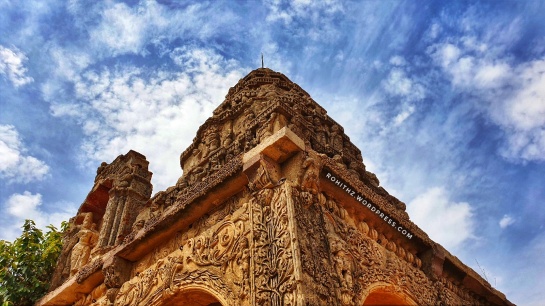
The mother art is architecture. Without an architecture of our own we have no soul of our own civilization. -Frank Lloyd Wright
Andalamma old temple, a late medieval period temple is located in Dharmabad village of Peddapalli district. It is located 39 KM towards East from Karimnagar.
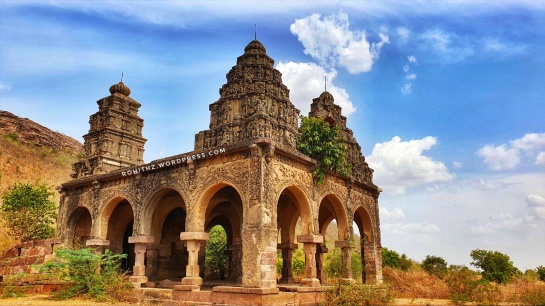
Great buildings that move the spirit have always been rare. In every case they are unique, poetic, products of the heart. -Arthur Erickson
It seems to be the temple and mandapa was constructed during the Qutub Shahi period when Vaishnavism was spreading in the Telangana region. There are no Idols in the temple. It was not at all maintained/worshipped since ages.
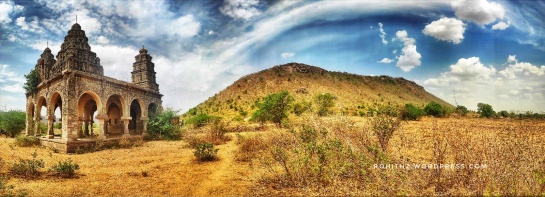
It is secluded and is almost deserted.
This temple’s architecture is so unique and beautiful. I hope Archaeological survey of India (ASI) should take over this place and develop it into a tourist destination.
This is one of the best get-aways for all those Karimnagarites. If you are looking for any couple shoot kind of a thing or if you are an architecture lover. Then you can visit this place…

Gateway…
Nearby places to visit are:
1. Buddhist stupa
2. Ramagir fort (Built during Kakatiya regime)
3. Siva temple (Temple built of roughly dressed stone), Peddapalli
4. Siva Trikuta temple, peddapalli
5.Sri Vasavi Andal Ranganatha Swamy Temple
P.S: You can find this place on Google maps









